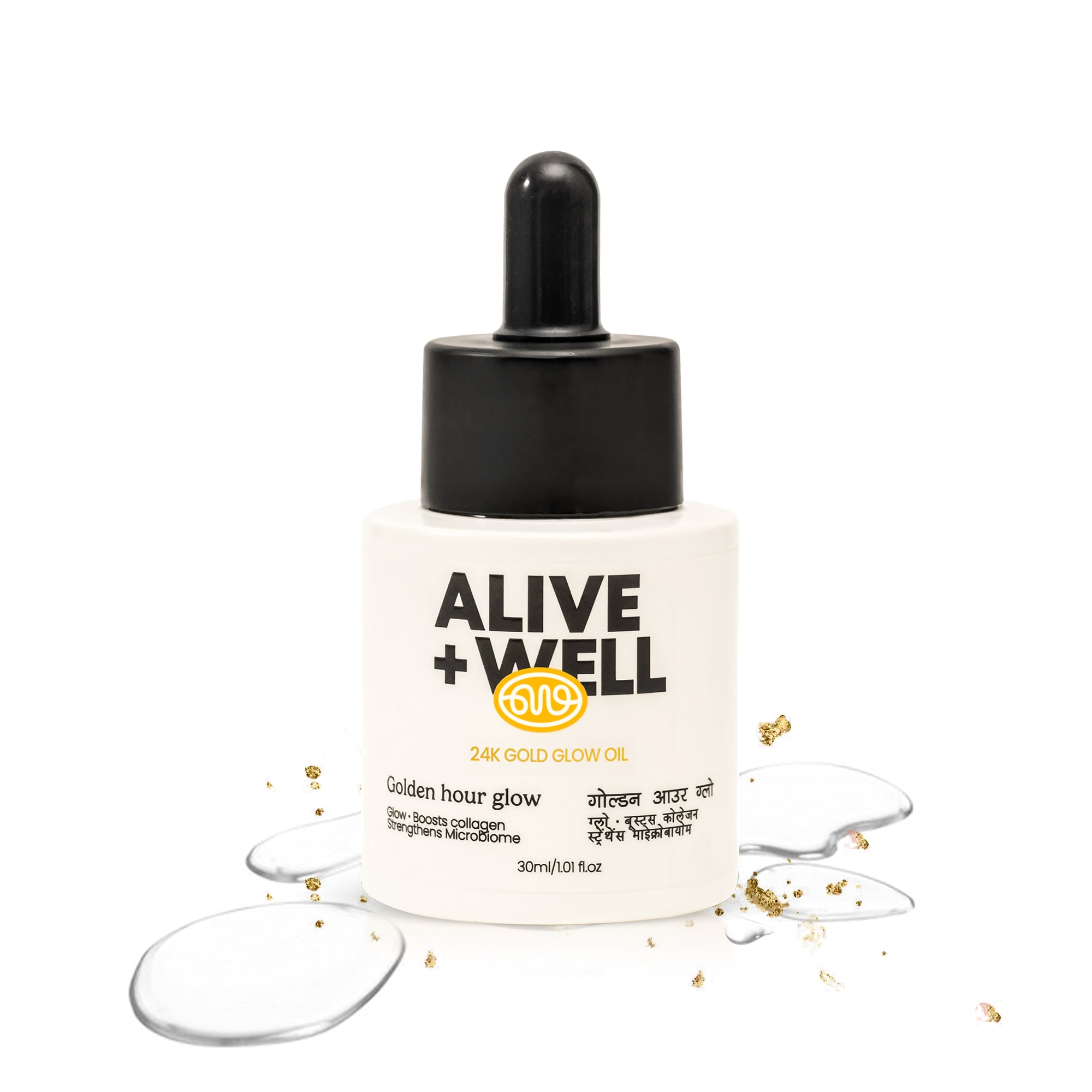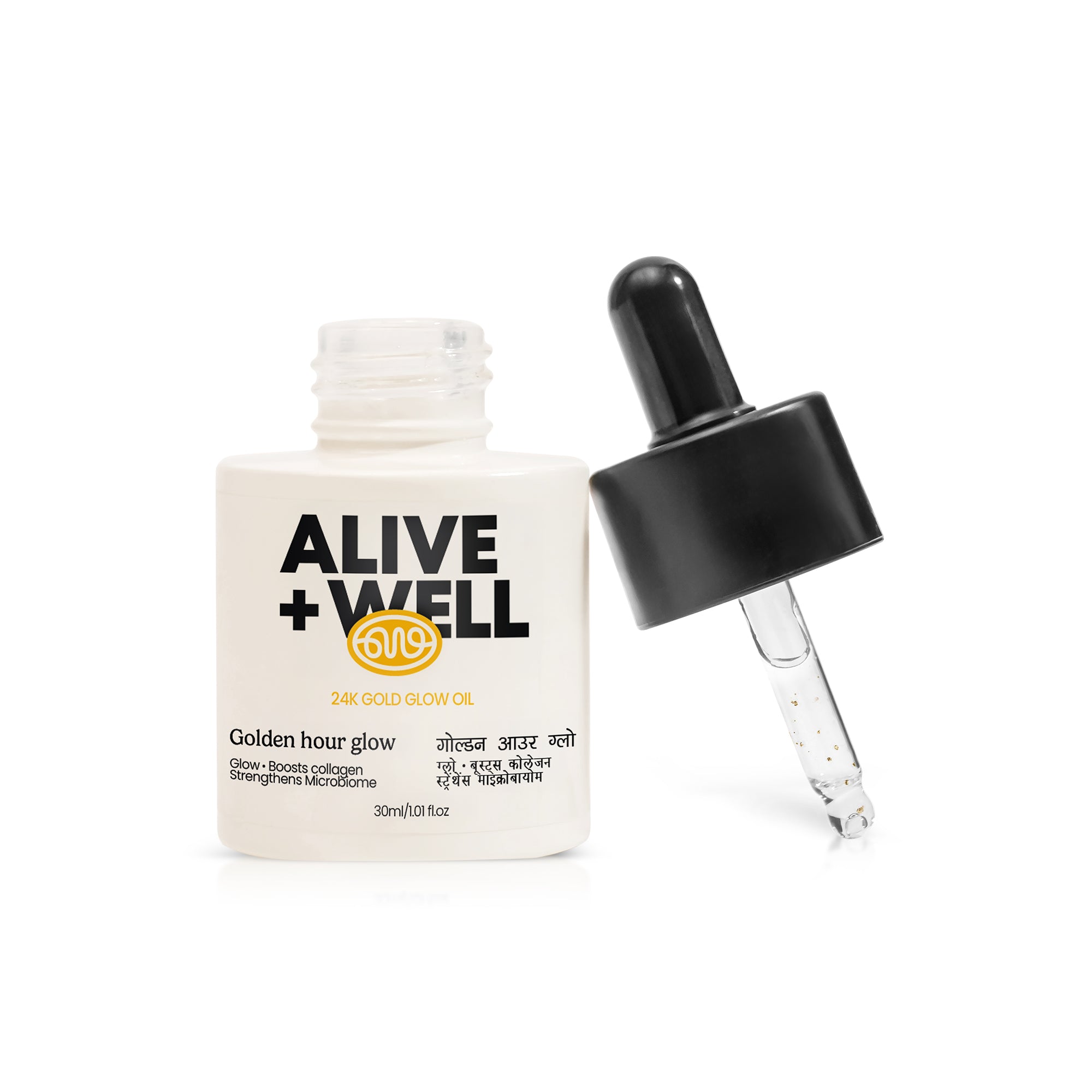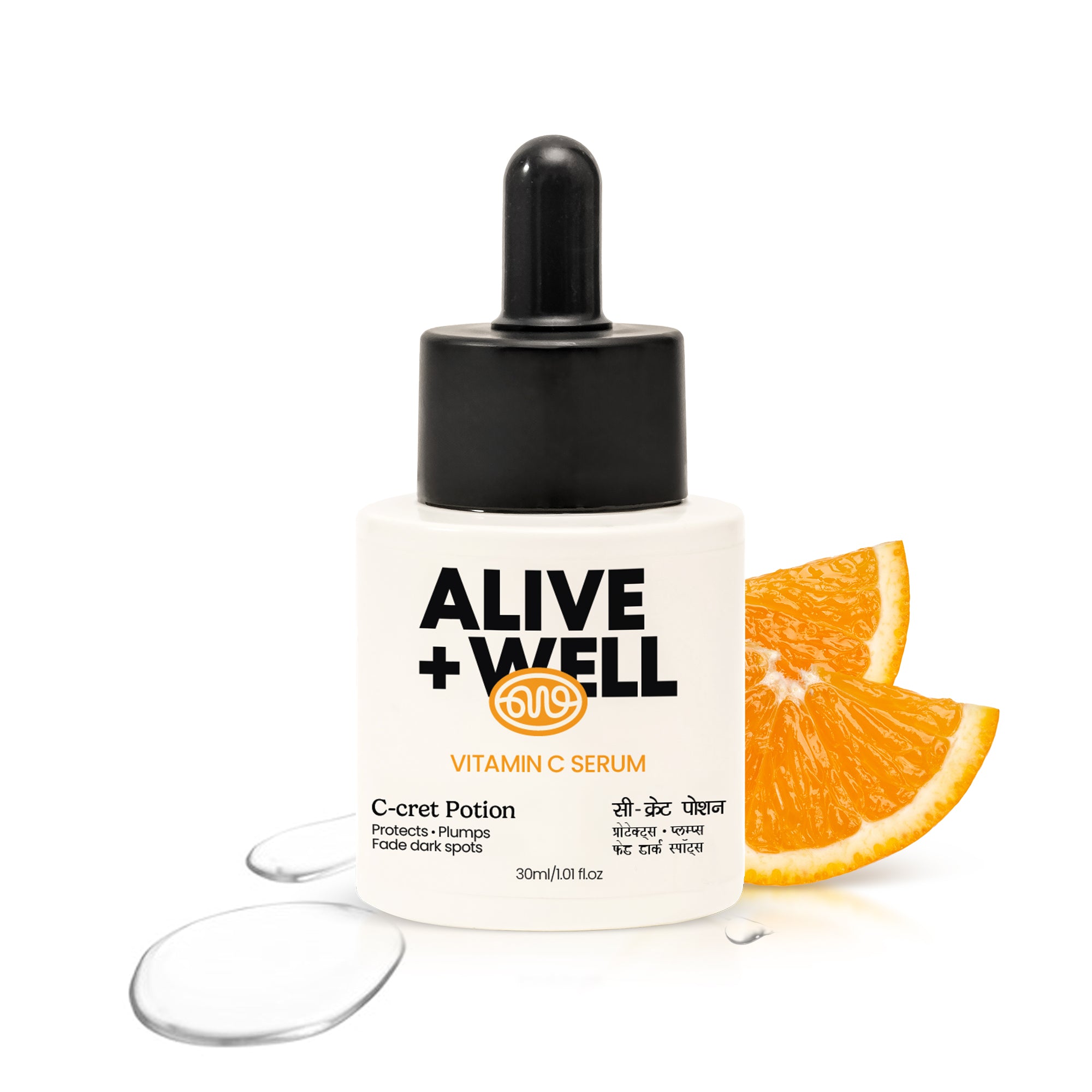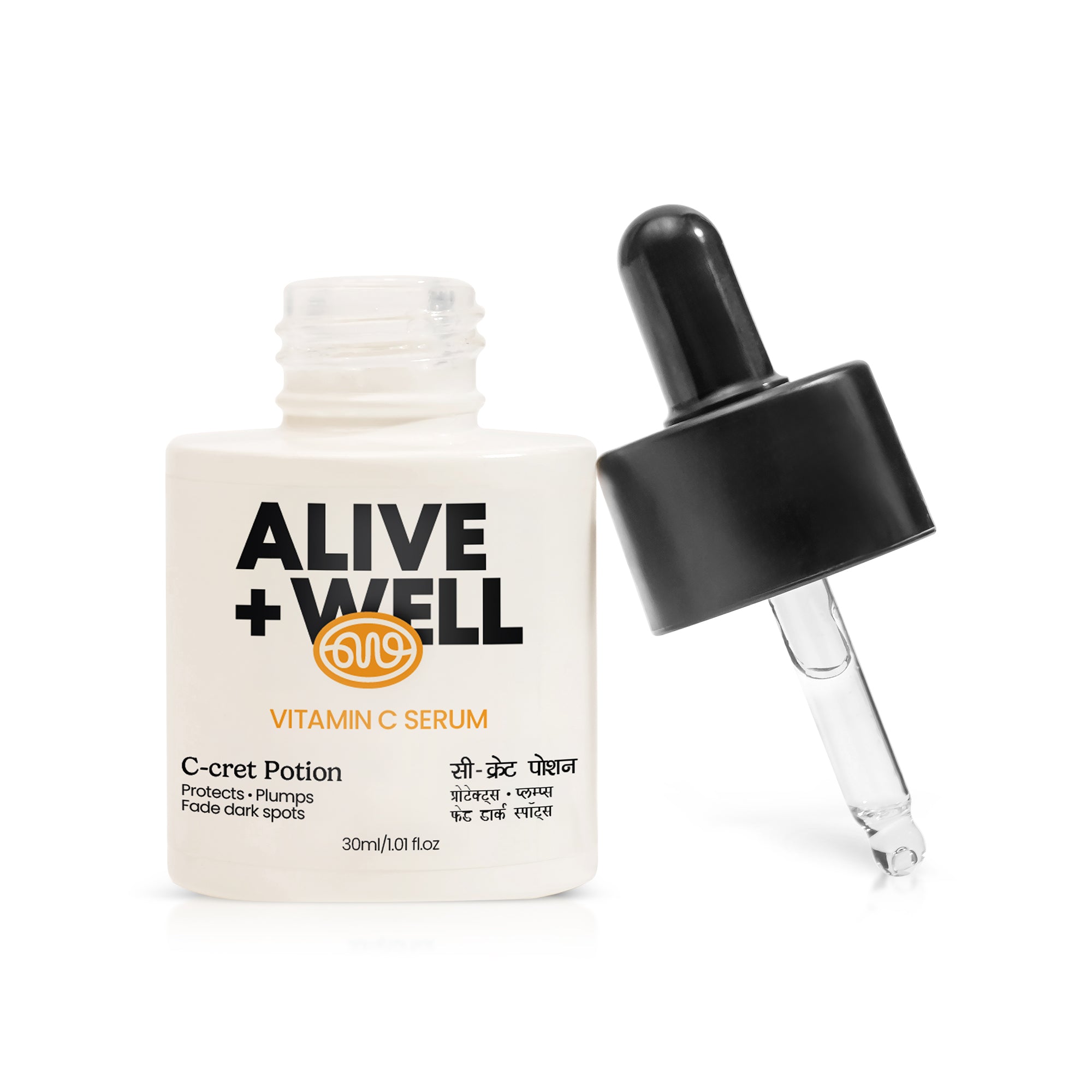Dark Spots
Dark spots on the skin are a common concern for many, often appearing as patches of darker skin on various parts of the body. These spots, also known as hyperpigmentation, can be caused by a variety of factors, from sun exposure to hormonal changes, acne scarring, or even certain medications. Whether they appear on your face or other areas of the body, dark spots can affect your skin’s overall appearance and can be difficult to treat. Here’s everything you need to know about dark spots and how to treat them.
What Are Dark Spots?
Dark spots on the skin are patches of skin that are darker than the surrounding area, caused by an excess of melanin. Melanin is the pigment responsible for the color of your skin, hair, and eyes. When your skin produces more melanin in certain areas, it can lead to pigmentation and dark spots. The most common types of dark spots are:
-
Sunspots (Age Spots): Caused by prolonged sun exposure, these are often seen on the face, hands, and arms.
-
Post-inflammatory Hyperpigmentation: Dark spots that appear after an injury, acne, or any inflammation on the skin.
-
Melasma: Hormonal changes, often triggered by pregnancy or birth control pills, can cause brown or grayish patches, typically on the face.
Common Causes of Dark Spots on the Face and Skin
-
Sun Exposure
The most common cause of dark spots on the face and other exposed areas is prolonged sun exposure. Ultraviolet (UV) rays from the sun trigger the production of melanin, leading to spots.
-
Acne Scars
After a pimple or acne breakout heals, the skin may produce excess melanin, resulting in dark spots. These scars are often referred to as post-inflammatory hyperpigmentation.
-
Hormonal Changes
Pregnancy, oral contraceptives, or hormone replacement therapy can lead to melasma, which causes darker skin on the face, usually around the cheeks, upper lip, and forehead.
-
Aging
As we age, the skin’s ability to regenerate diminishes, and melanin production becomes irregular, leading to age spots or sunspots on the skin.
-
Certain Medications
Some medications, including birth control pills, hormone therapy, or certain antibiotics, can trigger dark spots as a side effect.
Dark spots on the skin
Dark spots on the skin are patches of skin that appear darker than the surrounding areas due to an excess production of melanin, the pigment responsible for skin color. These spots can vary in size, shape, and intensity, often appearing on the face, hands, or other sun-exposed areas. They are commonly caused by factors like sun exposure, acne scars, hormonal changes, and aging.
One of the most common types of dark spots is sunspots or age spots, caused by prolonged exposure to UV rays. These spots usually develop on areas like the face, neck, and hands. Post-inflammatory hyperpigmentation can occur after a breakout or injury, leaving dark marks where acne or wounds once were. Hormonal changes, such as those during pregnancy or while taking birth control, can lead to melasma, which causes dark patches, primarily on the face.
Dark spots on face
Dark spots on the face are a common skincare concern, often manifesting as areas of skin that appear darker than the surrounding skin. These spots, also known as hyperpigmentation, are caused by an overproduction of melanin, the pigment responsible for skin color. Dark spots can vary in size and shape, appearing as brown or black patches on the face, especially on the forehead, cheeks, upper lip, or around the eyes.
The most common causes of dark spots on the face include sun exposure, acne scars, hormonal changes, and aging. Prolonged exposure to UV rays can trigger the production of excess melanin, leading to sunspots or age spots. Acne or inflammation can leave behind dark marks known as post-inflammatory hyperpigmentation. Melasma, often triggered by hormonal changes during pregnancy or the use of birth control, leads to large, brown patches on the face, particularly on the cheeks and forehead.
Dark spots on the eye
Dark spots around the eyes are a common concern for many people, often appearing as darker patches or uneven skin tone in the under-eye area. These spots can be bothersome, as the skin around the eyes is particularly delicate and thin, making the appearance of dark spots more noticeable. Here’s what you need to know about dark spots on the eyes, their causes, and how to treat them
Causes of Dark Spots Around the Eyes
-
Sun Exposure
Excessive sun exposure can trigger the production of melanin in the skin, leading to hyperpigmentation. Over time, this can result in dark spots or uneven skin tone around the eyes, often exacerbated by the sensitive nature of the skin in this area.
-
Genetics
For some people, dark spots around the eyes may be genetic. If your family members have a tendency to develop pigmentation issues, you may be more prone to dark spots as well.
-
Aging
As we age, the skin loses its elasticity and the production of collagen slows down. This can lead to pigmentation changes, including the formation of dark spots, particularly around the eyes, where the skin is already thinner.
-
Post-inflammatory Hyperpigmentation
Dark spots can develop after an injury, such as an insect bite, or from skin conditions like eczema or acne, causing inflammation around the eyes. As the skin heals, pigmentation may remain, leading to dark spots.
-
Hormonal Changes
Hormonal fluctuations, particularly during pregnancy or with the use of birth control, can lead to melasma, a condition that causes dark patches around the eyes, usually in a symmetrical pattern.
-
Lack of Sleep and Stress
While dark circles are more common, lack of sleep and high stress can also contribute to pigmentation changes and the development of dark spots under the eyes. When the body is under stress, it can increase melanin production, leading to darkened skin.
How to Treat Dark Spots on the Face
Dark spots on the face, caused by factors like sun exposure, acne scars, or hormonal changes, can be frustrating, but with the right skincare routine, they can be reduced over time. Here are effective ways to treat dark spots:
1. Use Vitamin C
Vitamin C is a powerful antioxidant that helps brighten the skin and lighten dark spots. It works by inhibiting melanin production, which helps fade existing pigmentation and even out skin tone. Look for serums or creams with stabilized Vitamin C for better results.
2. Incorporate Retinol
Retinol, a derivative of Vitamin A, accelerates cell turnover, helping to fade dark spots and reduce fine lines. It encourages the growth of new, healthy skin cells, which can help lighten pigmentation. However, start slowly, as retinol can cause dryness or irritation, especially for sensitive skin.
3. Niacinamide
Niacinamide (Vitamin B3) is known for its ability to lighten dark spots and even out skin tone. It works by inhibiting the transfer of melanin to skin cells, reducing pigmentation. It's gentle enough for sensitive skin and can be used daily.
4. Exfoliate Regularly
Exfoliation helps remove dead skin cells and promotes the growth of new skin. Using AHAs (alpha-hydroxy acids) or BHAs (beta-hydroxy acids) can help fade dark spots over time by speeding up skin regeneration. However, don't over-exfoliate as it can irritate the skin.
5. Apply Sunscreen Daily
Sun exposure worsens dark spots by triggering melanin production. To prevent further pigmentation and protect your skin, apply broad-spectrum sunscreen with SPF 30 or higher every day, even on cloudy days or indoors.
6. Chemical Peels
Chemical peels performed by a dermatologist can help treat dark spots by exfoliating the skin more deeply. These peels use acids like glycolic acid or salicylic acid to slough off the top layer of skin, revealing brighter and more even skin underneath.
7. Hydroquinone Cream
Hydroquinone is a skin-lightening agent that can effectively fade dark spots by reducing melanin production. It’s available in both prescription and over-the-counter formulas. Use it under the guidance of a dermatologist to avoid irritation.
8. Natural Remedies
While not as potent as clinical treatments, some natural ingredients like Aloe Vera, Turmeric, or Lemon Juice have been traditionally used for their skin-brightening properties. However, their efficacy varies, and they can cause irritation for some people, so it’s important to patch-test before use.
FAQ
1 What are dark spots?
Dark spots, also known as hyperpigmentation, are areas of skin that are darker than the surrounding skin. They occur when the skin produces excess melanin, the pigment responsible for skin color.
2 What causes dark spots on the skin?
Dark spots can be caused by various factors, including sun exposure, acne scars, hormonal changes (like pregnancy or birth control), aging, or inflammation. They often appear on sun-exposed areas like the face, hands, and shoulders.
3 Are dark spots permanent?
No, dark spots are not necessarily permanent. With proper treatment and skincare, they can fade over time. However, it may take several weeks or months for noticeable improvement.
4 How can I treat dark spots on my face?
Treatments for dark spots include using products with ingredients like Vitamin C, retinol, niacinamide, and alpha-hydroxy acids (AHAs). Sunscreen is essential to prevent further darkening.
5 Can dark spots be prevented?
Yes, wearing broad-spectrum sunscreen with SPF 30 or higher daily is crucial to prevent dark spots from forming. Avoiding excessive sun exposure and using antioxidants like Vitamin C can also help.
6 Can dark spots be caused by acne?
Yes, dark spots can appear after acne lesions heal. This condition is known as post-inflammatory hyperpigmentation, where the skin becomes darker in response to inflammation caused by acne.





